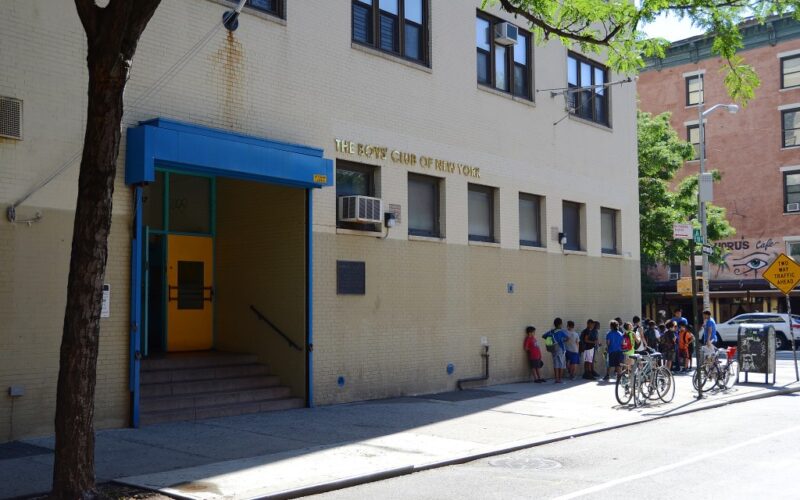On the same day Mayor Adams made several announcements to streamline contracting and improve nonprofit payments, a workforce development provider was denied payment for hundreds of thousands of dollars in services, all because an invoice was off by one cent. There was no immediate resolution.
As nonprofit providers across the city know, whether they are feeding school children, aiding the homeless, or keeping museums and public theater companies open, city payments are routinely delayed by software glitches, clerical errors, or direct notifications from agencies stating that budget shortfalls prevent them from paying outstanding bills.
At the heart of the issue is a fundamental breakdown in how the city allocates and delivers funding. Contracting, which should be a mechanism for enabling the public good, has become a barrier to it. This is a predictable outcome of years of disinvestment, disorganization, and denial.
What should be a straightforward process for compensating essential public work has become a slow, opaque, and punitive maze that is destabilizing the sectors that make the city run.
A 2024 survey indicated that the city owes workforce development nonprofits more than $365 million in unpaid contracts. More than half of these organizations have taken out loans to maintain operations, collectively borrowing $87 million and spending $6 million on interest. That money could have gone toward job training, career development, and wraparound support for New Yorkers trying to build better futures.
Nonprofits are not optional accessories to city government. Yet, they are treated as expendable. We ask nonprofits to front costs, navigate bureaucratic hurdles, and accept delay as a condition of partnership, revealing a troubling truth about who and what we value in this city.
We do not treat contractors who build bridges this way. We do not tell police departments to wait months for back pay. But we ask social service providers to do more with less, indefinitely. Where is the same urgency for hiring social workers and child care workers that there is for hiring police officers? When will we see a year when arts and culture organizations aren’t forced to beg to restore what was taken, let alone dream of expanding their impact?
Perhaps there is a failure to appreciate the full value that nonprofits provide, or a false assumption that some aspect of city life is untouched by nonprofit services. Maybe we fail to respect nonprofits because the sector is predominantly staffed by Black and Brown women, whose labor is chronically and historically undervalued.
Nonprofits are not simply partners or vendors. They are the connective tissue between public systems and private markets, between individuals and institutions. As John Macintosh points out, they are more akin to essential businesses than charitable accessories.
While the current administration continues to posture about equity, the actual equity infrastructure erodes beneath our feet. The crisis in human services, the strain on arts institutions, and the collapse of small nonprofits are the ripple effects of a dysfunctional procurement apparatus.
While new dashboards roll out and executive orders are issued, community-based organizations are continually forced to borrow money to meet payroll. Some are suspending or closing programs altogether, and it is increasingly likely that, without significant intervention and investment, few nonprofits — from shelter operators to day camps, food pantries to art programs — will be immune to the need to restructure dramatically or close.
While many mayoral candidates claim they can fix the public safety, mental health, and affordability crises, none have acknowledged an underlying reason for these crises: the city’s marginalization of the nonprofit sector. By sidelining and stifling the organizations that hold communities together, the city has fueled a collapse of public trust, deepening systemic inequities, and a destabilization of New York itself.
We cannot continue to gut the infrastructure that makes the city livable, stripping away the safety net, starving the arts, and stalling out essential economic engines.
This isn’t about pennies — it’s about priorities. Nearly one in five New Yorkers works in the nonprofit sector, with nearly 60% of those jobs in health care and education. These workers form the backbone of a sector that contributes $77.7 billion a year to New York City’s economy, accounting for 9.4% of the city’s GDP. Yet the city continues to treat nonprofits as afterthoughts — beggars, not builders. If this neglect continues, New York risks collapsing under the weight of its broken promises.
The real question isn’t whether we can afford to fund and fix the systems failing our nonprofits — it’s whether we can afford not to.
Morris is CEO of NYC Employment and Training Coalition (NYCETC).








